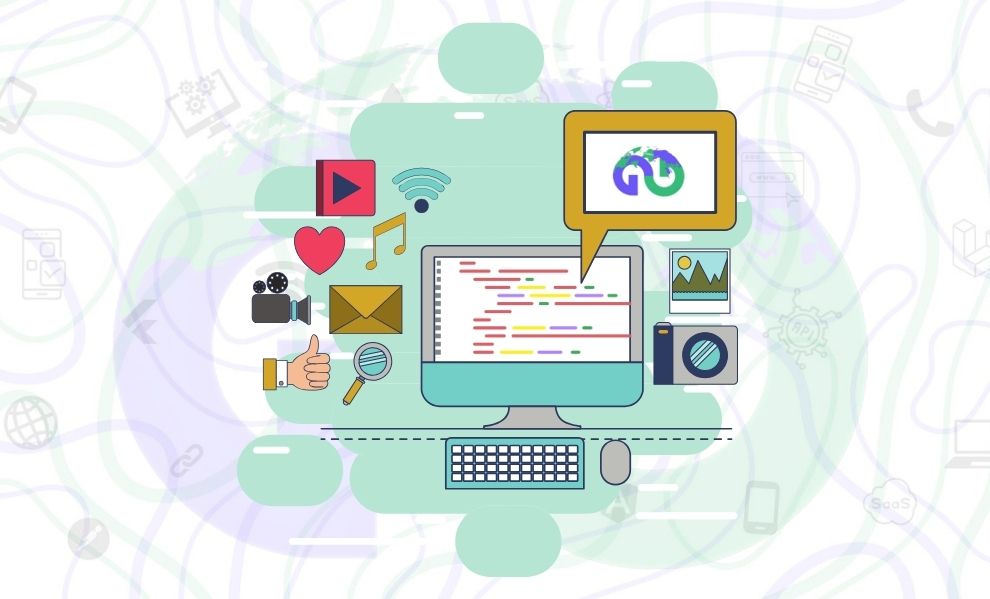
Remote Software
In today’s interconnected world, remote software has become an integral part of how businesses and individuals carry out their day-to-day activities. By enabling access, control, and managing systems, devices, or data from anywhere, it has redefined flexibility and efficiency in the digital age.
What is Remote Software?
Remote software refers to tools and applications designed to help users with the ability to work, collaborate, and manage systems without needing physical access. Whether you’re handling a virtual team, sharing files with clients, or signing important documents on the go, remote software bridges the gap between location and productivity.
Key Tools of Remote Software
- Video Conferencing Tools: Platforms like Zoom, Google Meet, and Skype enable seamless virtual meetings in real time.
- Collaboration Platforms: Tools such as Microsoft Teams, Notion, and Slack enable teamwork, task tracking, and idea sharing without being present physically.
- Cloud Storage Solutions: Services like Google Drive, Dropbox, and OneDrive allow users to securely store, access, and share files from any device, irrespective of the location.
- Document Collaboration and Signature Tools: Applications such as DocuSign and Adobe Sign simplify document approvals and help in collaborative editing by eliminating the need for physical paperwork.
- Cybersecurity Solutions: Tools like VPNs and firewalls protect sensitive data and ensure secure remote access, safeguarding against cyber threats.
Types of Remote Software
- Cloud Services: Platforms like Amazon Web Services (AWS) and Microsoft Cloud offer scalable infrastructure for businesses to operate remotely.
- Communication Tools: Zoom, Google Meet, and Skype support seamless virtual interactions.
- File Storage & Sharing Solutions: Google Drive, Dropbox, and OneDrive ensure easy and secure file management.
- Specialized Platforms: Apps like SoundCloud (for media sharing) and Notion (for project management) address niche requirements.
- Security Tools: VPNs and firewalls guarantee the safety of remote operations.
Why Remote Software is Essential
The growing dependency on remote software is driven by its ability to meet key challenges in a fast-evolving digital era. This has gained popularity as it helps with the following benefits:
- Flexibility: Remote software empowers users to work from anywhere, enabling businesses to embrace remote and hybrid work models effortlessly.
- Cost-Efficiency: By minimizing the need for physical infrastructure and reducing operational expenses, organizations can achieve significant cost savings.
- Increased Productivity: Communication is streamlined, collaboration is possible in real-time, and efficient task management all contribute to enhanced team productivity.
- Scalability: Remote software grows with your needs, whether you’re expanding your workforce or scaling up operations.
Remote software has become an essential tool in navigating the demands of a digitally connected world. By utilizing the benefits of tools like video conferencing, cloud storage, and cybersecurity solutions, businesses can operate more efficiently while ensuring flexibility and security.
Adapting to remote software isn’t just about staying competitive—it is also about empowering individuals and organizations to thrive in an ever-changing digital world.
The way you scale depends on the software you choose. So, choose it wisely and see how you can grow.
Choose Globextra, Choose Scalability!!